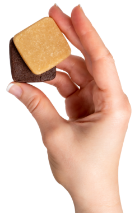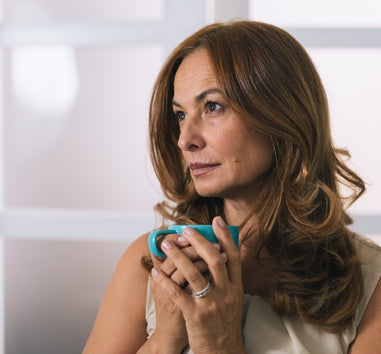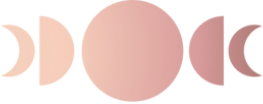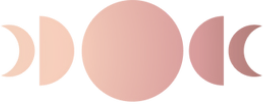
Let’s first talk about which nutrients we need to maintain bone health. Bones are made up of these minerals: calcium, phosphorus, sodium, magnesium, and potassium. Since bone tissue is composed of all of these minerals, it is crucial to get these nutrients through our diets or through supplements.
Calcium
Calcium is an essential nutrient that is the #1 mineral found in bone. It is responsible for many psychological functions in the body including neural signaling, muscle contraction, and, probably the most well known function, bone building.
Calcium is most abundant in our bones, which accounts for about 99% of calcium found in the body.
The amount of calcium that is available for the body to use determines if bone will be built or if bone will be broken down. If there is enough calcium in the bloodstream to carry out all its functions, the body can take that calcium and form new bone. If there is too little calcium in the bloodstream to do this, the body will break down bone. Here’s what you need to know:
There are two types of bone cells:
Osteoclasts → break down bone, osteoblasts → build bone
Here’s a simple way to remember what these cells do to bone:
Osteoclasts consume bone, osteoblasts build bone.
This is important because no matter what, both of these types of cells are going to be active at the same time. So, depending on the amount of calcium, either more bone will be built or more bone will be broken down.
Adequate amounts of calcium is required to maintain bone mineral density, however, vitamin D is needed in order for calcium to be absorbed in the small intestine. (Yes, this is where many nutrients are absorbed!)
Foods high in calcium:
- Greek yogurt
- Small fish with bones (sardines and anchovies)
- Salmon
- Soy foods
- Dark leafy vegetables
Vitamin D
As you probably have heard, vitamin D helps absorb calcium. But why is that? Well, the answer is a little bit complicated, but I will simplify it for the purpose of everyday knowledge. In simple terms, vitamin D aids in the absorption of calcium in the small intestine.
Fun fact: Vitamin D needs to be absorbed in order for calcium to be absorbed. This is why vitamin D is often supplemented/fortified in products that have calcium!
Vitamin D sources:
- The sun!
- Milk
- Soy beverages
- Some whole-grain cereals
Protein
But just like calcium and bone, in order to make muscle, we need to eat adequate amounts of protein. Protein is a structural component of muscles in the human body, and insufficient intake of protein can lead to a decline in muscle mass.
Muscle and bone health go hand in hand because a decrease in muscle mass can lead to a decline in bone health since muscles help to stabilize our bones.
Try incorporating more nuts and legumes as a way to not only get more protein but also fiber.
Physical activity
We’ve all heard that exercise is important to maintain health, but we’re not just talking about weight management. Physical activity is a critical factor in bone building. Participating in weight bearing exercise actually increases bone mineral density. When there is stress put on bone, osteoblasts are motivated to start building bone again, with the availability of calcium. Bone is a dynamic tissue, meaning its cells are constantly removing and replacing minerals from it, which is why osteoblast activity should be higher than osteoclast activity.
A decrease in physical activity, especially activity that challenges muscles, puts our bone health at risk because bone will be made less rapidly.
Additionally, remember how we talked about protein? Weight-bearing exercises are also essential for muscle because physical activity = muscle synthesis. If we stop exercising, we stop making muscle, and a decrease in muscle mass puts us at risk for injury.
Try these weight bearing exercises for bone health:
- Taking the stairs
- Carrying your groceries
- Dancing
- Weight lifting (light or heavy weights)
- Running
- Jumping rope
For more tips and to never miss an update, sign up for Shevolve Nutrition newsletter.







